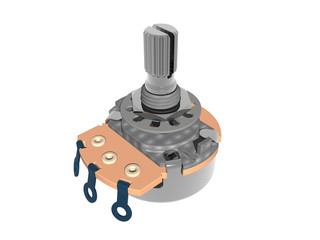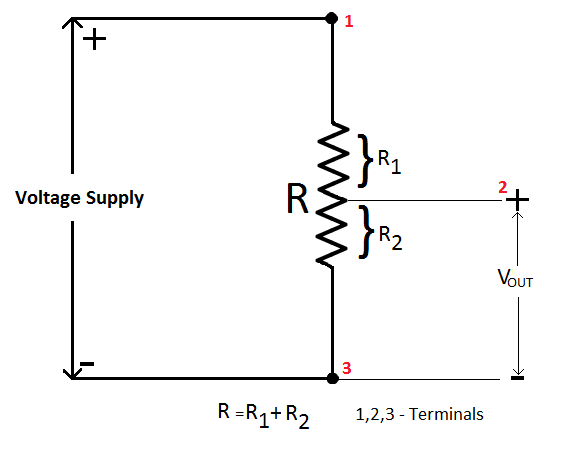Potentiometers, also known as pots, are variable resistors that allow users to adjust the amount of resistance in a circuit. They are commonly used in electronic devices such as audio equipment, lighting systems, and motor controllers. In this article, we will introduce the basics of potentiometers and provide a step-by-step guide on how to use them in your circuits.

What is a Potentiometer?
A potentiometer is a three-terminal device that consists of a resistive element, a sliding contact (wiper), and two end terminals. The resistive element can be made of materials such as carbon, wire wound, or conductive plastic, and its resistance is proportional to its length. The sliding contact is connected to a mechanical knob or lever that can be rotated or moved along the resistive element, allowing users to change the amount of resistance in the circuit.
How to Use a Potentiometer
Using a potentiometer is easy and straightforward. Here are the steps:
- Identify the terminals: Most potentiometers have three terminals – two outer terminals and one central terminal. The external terminals are connected to the ends of the resistive element, while the central terminal is connected to the sliding contact.
- Connect the potentiometer to the circuit: Connect one of the outer terminals to the positive terminal of the power supply, the other outer terminal to the negative terminal of the power supply, and the central terminal to the input or output of the circuit. The exact connection will depend on the type of circuit and the intended use of the potentiometer.
- Adjust the potentiometer: Use the knob or lever to adjust the amount of resistance in the circuit. Turning the knob or moving the lever changes the position of the sliding contact along the resistive element, which in turn changes the amount of resistance in the circuit.

Image Source: circuitstoday.com
Types of Potentiometers
There are several types of potentiometers, including:
- Linear Potentiometers: These have a linear resistance taper, which means that the resistance changes linearly as the knob or lever is moved.
- Logarithmic Potentiometers: Also known as audio taper potentiometers, these have a logarithmic resistance taper commonly used in audio equipment to provide smooth volume control.
- Digital Potentiometers: These are potentiometers that use digital signals to control the resistance instead of a mechanical knob or lever. They are commonly used in digital circuits and microcontrollers.
Conclusion
Potentiometers are versatile components that can be used to adjust the amount of resistance in a circuit. Following the simple steps outlined in this article, you can easily use potentiometers in your circuits. With the various types available, you can choose the one that best suits your needs and intended application.
If you want to try the effect of potentiometer yourself, you can refer to the link below.
[…] Potentiometers: An Introduction and How to Use Them If you are not familiar with potentiometers, perhaps this article can help you. […]